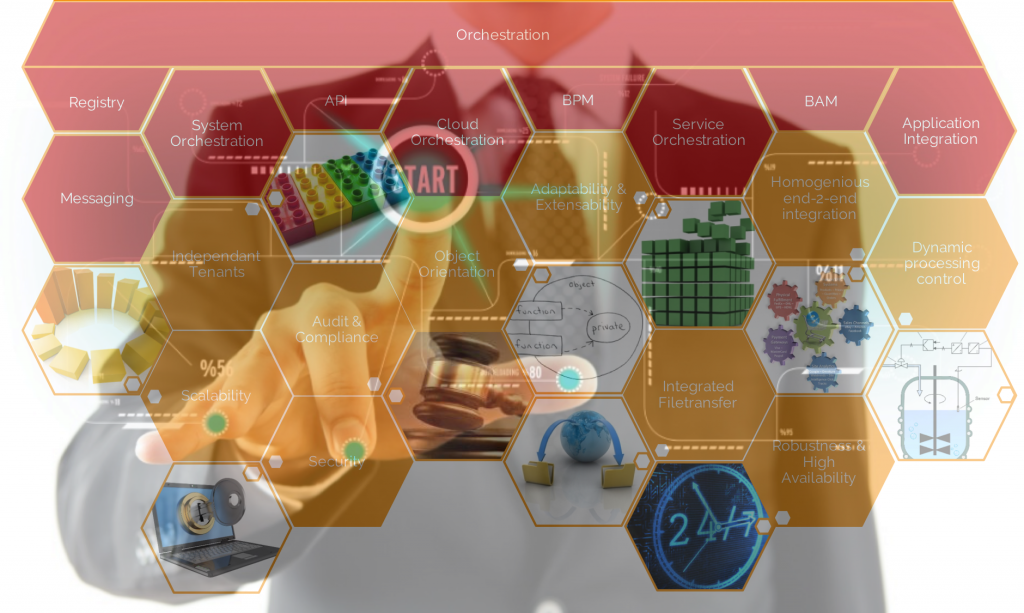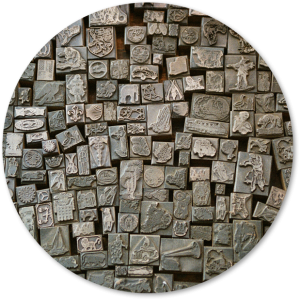Automation and Orchestration – a Conclusion

Automation-Orchestration: Header Image
This post is part of the "Automation-Orchestration" architecture series. Posts of this series together comprise a whitepaper on Automation and Orchestration for Innovative IT-aaS Architectures.
Automation and Orchestration are core capabilities in any IT landscape.
Traditionally, there’d be classical on-premise IT, comprised of multiple enterprise applications, (partly) based on old-style architecture patterns like file exchange, asynchronous time-boxed export/import scenarios and historic file formats.
At the same time, the era of the Cloud hype has come to an end in a way that Cloud is ubiquitous; it is as present as the Internet as such has been for years, and the descendants of Cloud – mobile, social, IoT – are forming the nexus for the new era of Digital Business.
For enterprises, this means an ever-increasing pace of innovation and a constant advance of business models and business processes. As this paper has outlined, automation and orchestration solutions form the core for IT landscapes to efficiently support businesses in their striving for constant innovation.
Let’s once again repeat the key findings of this paper:
- Traditional “old style” integration capabilities – such as: file transfer, object orientation or audit readiness – remain key criteria even for a cloud-ready automation platform.
- In an era where cloud has become a commodity, just like the internet as such, service centered IT landscapes demand for a maximum of scalability and adaptability as well as multi-tenancy in order to be able to create a service-oriented ecosystem for the advancement of the businesses using it.
- Security, maximum availability, and centralized management and control are fundamental necessities for transforming an IT environment into an integrated service center supporting business expansion, transformation, and growth.
- Service orchestration might be the ultimate goal to achieve for an IT landscape, but system orchestration is a first step towards creating an abstraction layer between basic IT systems and business-oriented IT-services.
Therefore, for IT leaders, choosing the right automation and orchestration solution to support the business efficiently might be the majorly crucial decision to either become a differentiator and true innovation leader or (just) remain the head of a solid – yet: commodity – enterprise IT.
The CIO of the future is a Chief Innovation (rather than “Information”) Officer – and Automation and Orchestration both build the core basis for innovation. What to look at in getting to the right make-or-buy decision was the main requirement for this paper.




